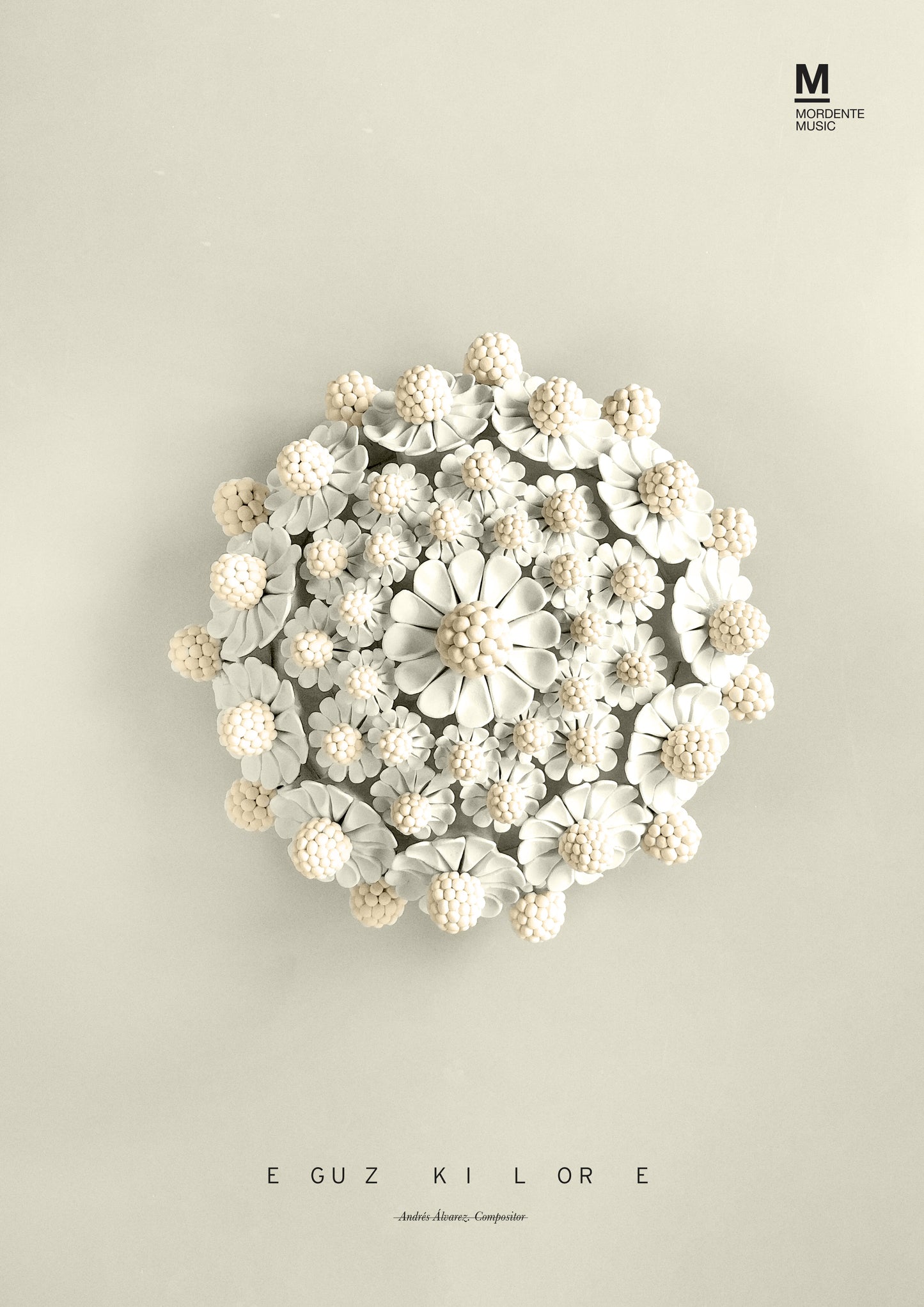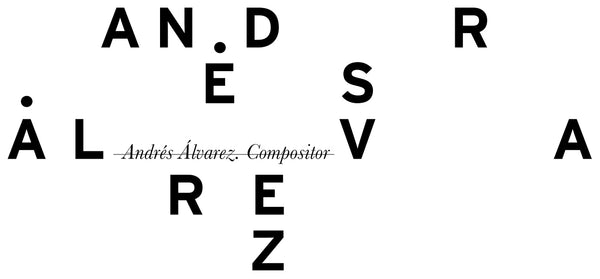EGUZKILORE
EGUZKILORE
Couldn't load pickup availability
“Legend has it that, at the beginning of time when men began to populate the earth, neither the sun nor the moon existed and humanity found itself immersed in great darkness, frightened by numerous creatures such as dragons, witches and flying horses. In their desperation, men and women decided to ask Amalur (mother earth in Basque) for help. When they insisted, Amalur told them: “My children, ask for help and I will offer it to you. I will create a luminous being that you will call Ilargi (moon).”
Amalur created the moon, which illuminated the night with its pale glow. At first, men did not dare to go out, but when they saw that the evil genies were fleeing from the light of Ilargi, they began to celebrate. But the genies' fear did not last forever and, little by little, they became accustomed to the moonlight and soon they came out of their abysses again and harassed humans.
The men came to Amalur again, asking for something more powerful.
– «Amalur, we are very grateful to you for giving us the mother moon, but we need something more powerful so that the witches stop chasing us.»
– “All right,” said Amalur, “I will create an even more luminous being that you will call Eguzki.”
And Amalur created the Sun. In this way, the sun would illuminate the day and the moon the night.
Thanks to its warmth and light, plants grew. It was so big and bright that even men had to gradually get used to it, and genies and witches could not get used to the great light of day; from then on they could only go out at night.
The men went to Amalur once more to ask for protection during the night. It was then that Amalur created a flower so beautiful that upon seeing it the beings of the night would believe it was Eguzki himself and would flee in terror.
This flower is EGUZKILORE (flower of the sun). And to this day, it is the symbol of protection that defends homes from evil spirits, witches, storms, lightning and other enemies of man.”
Inspired by the Basque legend of the same name, EGUZKILORE was born, a symphonic poem for marching band dedicated to the Bilbao Municipal Music Band and its teacher, José R. Pascual Vilaplana.
Divided into six interconnected parts, the composition introduces the protagonists of the legend and takes us from the dark beginning where geniuses and witches roam the earth to a symphonic and sonorous ending in which the sun fills humanity with light. These six characters are presented in antagonistic pairs and show us three different dualities throughout the work: Iluntasuna (darkness) with Argia (light), Amalur (Mother Earth) with Sorginak (Witches) and Ilargia (moon) with Eguzkia (sun).
Share


